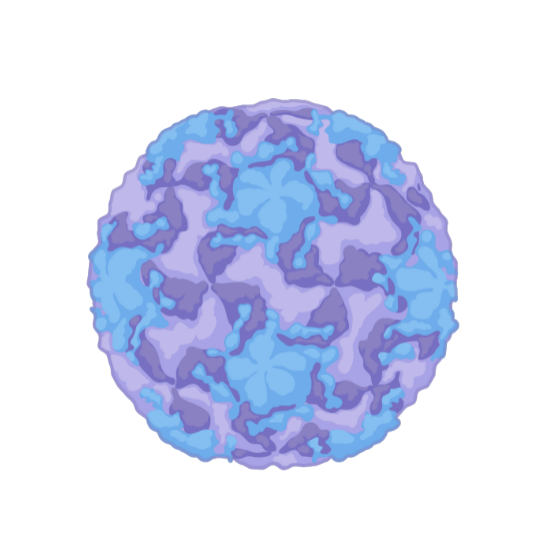Antiviral drug screening is a complex and sophisticated process aimed at discovering drugs that can effectively combat viruses. The following are five key steps in antiviral drug screening:
1. Determine screening targets and criteria
Screening objective: Firstly, it is necessary to identify the types of antiviral drugs that need to be screened based on factors such as the severity of the disease, the characteristics of the virus, and market demand.
Screening criteria: Develop clear efficacy evaluation criteria, including the ability to inhibit virus replication, improve clinical symptoms, reduce mortality, etc., in order to objectively and accurately evaluate the screening results.
2. Prepare samples and experimental design
Sample source: Select samples from natural product and synthetic compound libraries, or modify the structure of known drugs to obtain potential phenological candidates for antiviral drugs.
Experimental design: Based on the screening objectives, design a reasonable experimental plan, including experimental procedures, required equipment, reagents, and consumables, to ensure the accuracy and reproducibility of the experiment.
3. Conduct screening experiments
Cell culture: Select a suitable host cell line for cultivation to achieve an appropriate growth state, preparing for viral infection and drug screening.
Viral infection: Adding the target virus to the host cell allows the virus to infect the cell. This step is the basis for evaluating the antiviral effect of drugs.
Drug treatment: Add the antiviral drug to virus-infected cells and set multiple drug concentrations to determine its dose-response relationship.
Effect evaluation: Use appropriate methods (such as PCR, immunofluorescence staining, enzyme-linked immunosorbent assay, etc.) to measure the replication or infection level of the virus to evaluate the antiviral effect of the drug.
4. Data analysis and result interpretation
Data processing: Organize, classify, and analyze the data generated from screening experiments to ensure the accuracy and reliability of the data.
Result interpretation: Based on the data processing results, identify drug molecules with potential antiviral activity. At the same time, draw dose-response curves and other charts to more intuitively demonstrate the antiviral effect of drugs.
5. Validation and follow-up research
Experimental verification: To ensure the reliability of the screening results, multiple repeated experiments are required to verify the selected drug molecules. Meanwhile, experimental validation can also be conducted at different time points and/or using different batches of viruses and cells.
Mechanism research: If the drug shows significant antiviral effects, further research can be conducted on its mechanism of action, such as whether it affects the processes of virus invasion, replication, assembly, or release.
Subsequent development: Conduct preclinical work such as efficacy validation, toxicology studies, and pharmacokinetic studies on the selected preferred drug molecules, providing strong support for drug development and market launch.
Through the above five key steps, potential antiviral drug phenological candidates can be systematically screened, providing strong support for virus prevention and control. It should be noted that antiviral drug screening is a complex and time-consuming process that requires researchers to have solid professional knowledge and a rigorous experimental attitude.
Share on:
Facebook
Twitter
Pinterest
WhatsApp
Recent posts
We recommend


